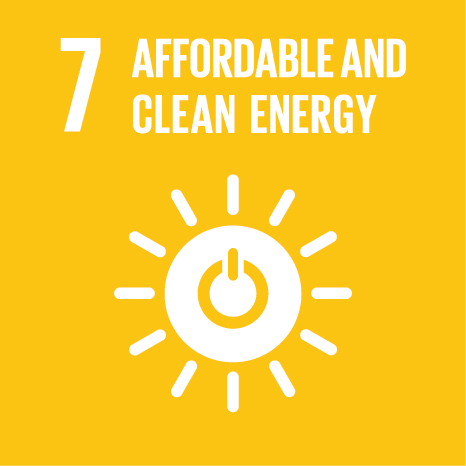 +265(0)111 624 222
+265(0)111 624 222 research@unima.ac.mw
research@unima.ac.mw Chirunga-Zomba, Malawi
Chirunga-Zomba, Malawi
Single‐Atom Catalyst Induced Amorphous Li<sub>2</sub>O<sub>2</sub> Layer Enduring Lithium–Oxygen Batteries with High Capacity
Abstract
AbstractAprotic lithium–oxygen batteries (LOBs) may deliver exceptionally high energy density but struggle to attain rapid reversibility and substantial capacity simultaneously, due to typical surface or solution‐formed insulating solid Li2O2. Tuning the structure of Li2O2 to create a large‐area amorphous layer on the cathode is predicted to overcome the multiperformance limitations. Here, an isolated nickel single atom to nitrogen‐doped graphene as a cathode catalyst (Ni─NG SAC) for LOBs is presented via a green click‐trapping strategy. Derived from the maximized exposure of atomic active sites of the cathode, the formation/decomposition mechanisms of Li2O2 are tailored, and a large area of thin Li2O2 amorphous film is achieved. The structure and functions of Ni─NG SAC are explored by theoretical computation and synchrotron radiational investigation. Consequently, the abundant Ni─N4 sites enhance redox kinetics and stand out to deliver an impressive specific discharge/charge capacity of 24 248/17 656 mAh g−1 at 200 mA g−1, together with a long cycle life of over 500 cycles. This study contributes helpful insights to achieve high‐capacity LOBs with long lifespans, by constructing unique single‐atom catalysts to optimize the formation of amorphous discharge Li2O2 products.
| Original language | en |
| Volume | 35 |
| Issue number | 1 |
| Publication status | Published - 2025 |
UN SDGs
This research output contributes to the following United Nations (UN) Sustainable Development Goals (SDGs)

UN SDGs
This research output contributes to the following United Nations (UN) Sustainable Development Goals (SDGs)

UN SDGs
This research output contributes to the following United Nations (UN) Sustainable Development Goals (SDGs)
